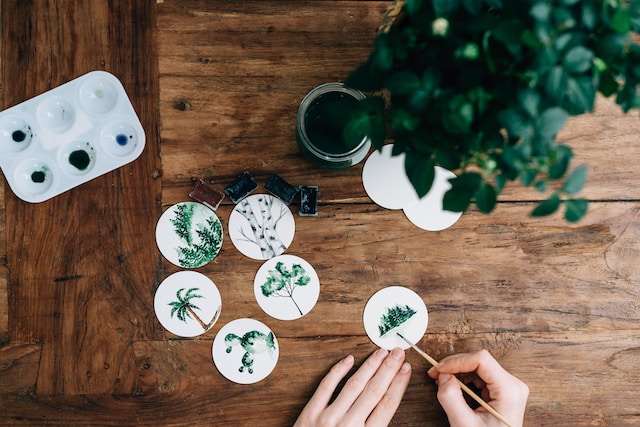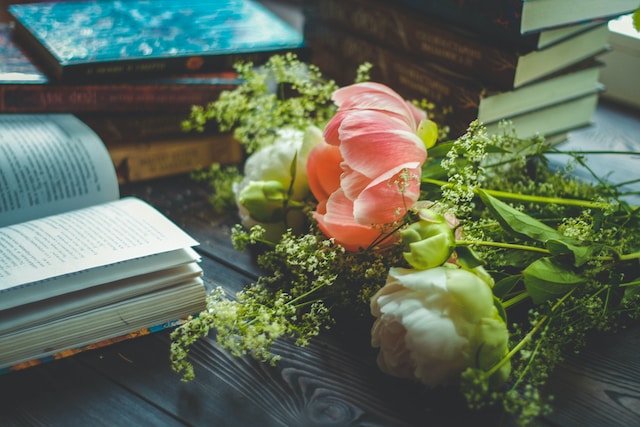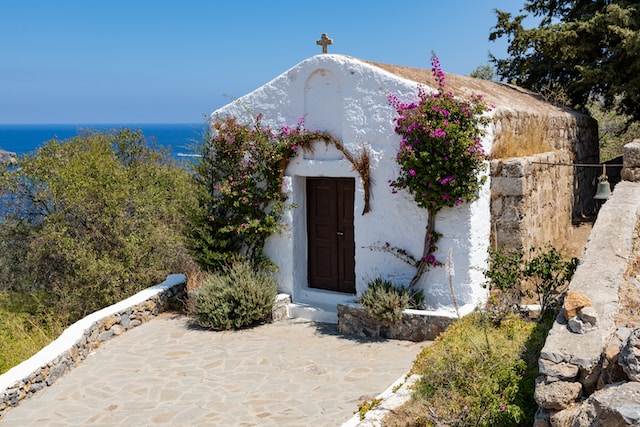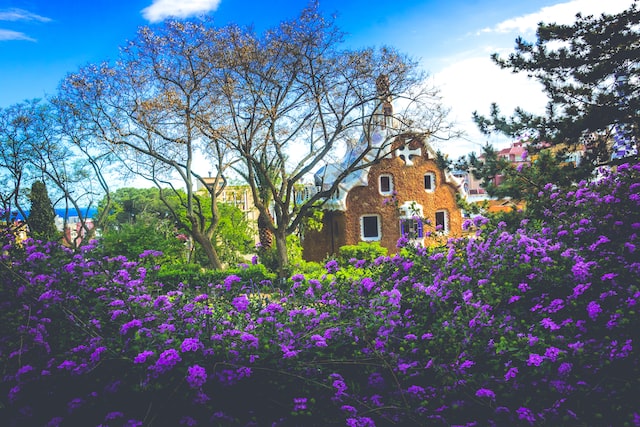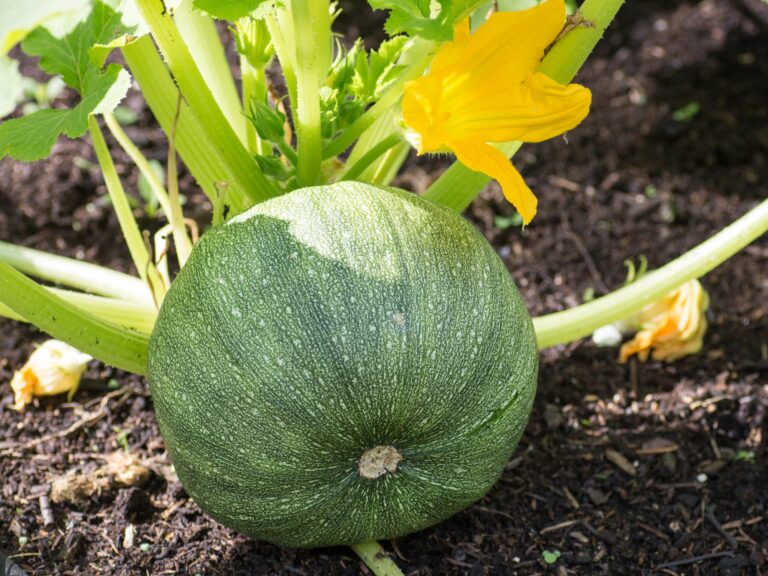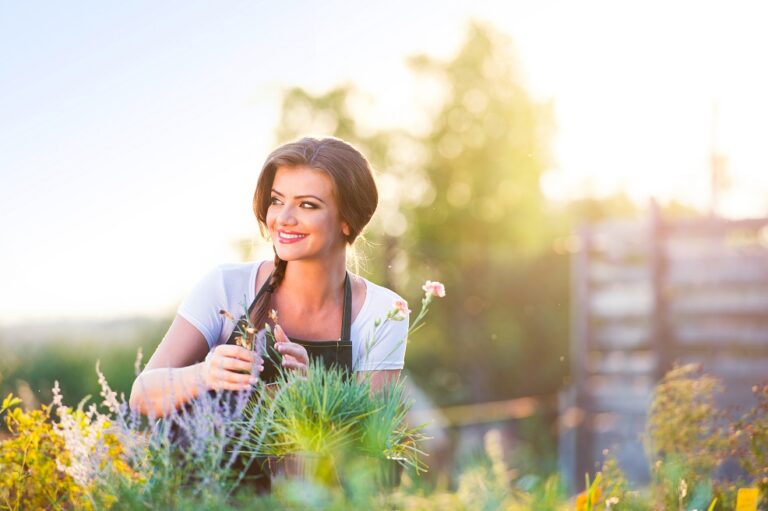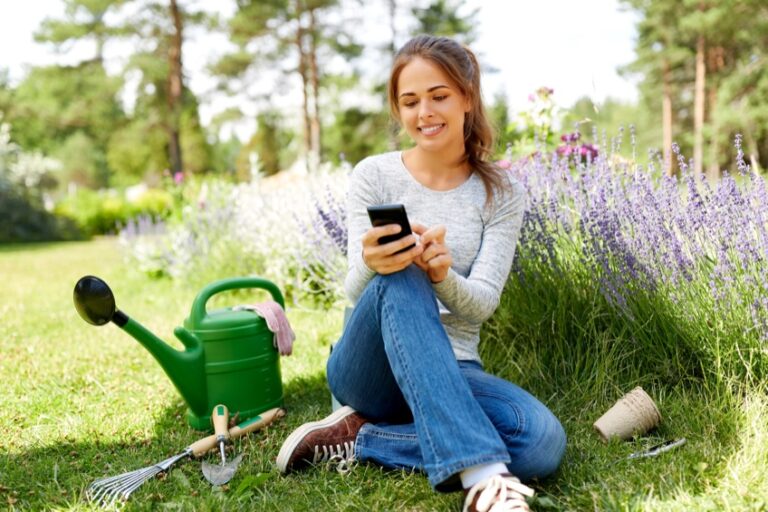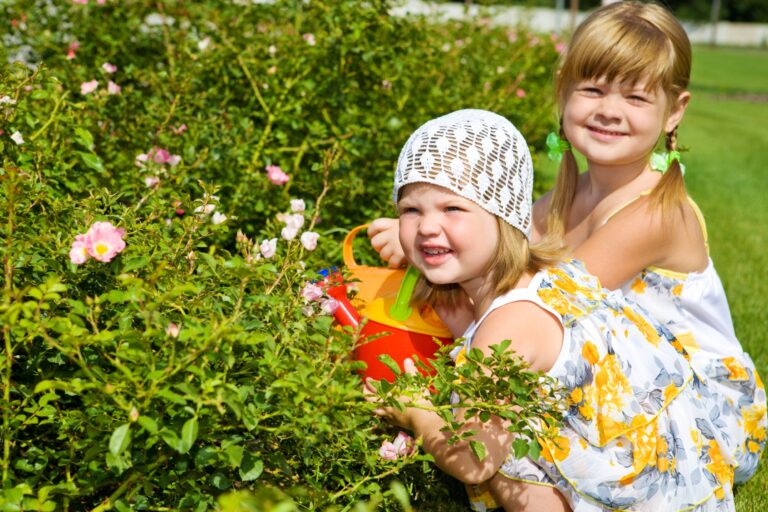My two biggest passions in life are art and mental health. Gardening is an art form. Also, gardening has many mental health benefits. I was curious to do some research into the best plants for mental health benefits. Of course, this will vary from person to person. Nevertheless, there are some plants commonly considered beneficial…
garden musings
13 Gardening Books on My To Be Read Shelf
I love my local library. In fact, I get pleasure not just from going to the library and reading the books I get there but also from the process of looking through their catalog regularly and adding books to my “for later shelf.” There’s something satisfying about even just learning about which books are out…
Greek Gardening Style on the Cheap
Recently I was reading an article about 2023 gardening style trends. It referenced a current resurgence of passion for the Greek Garden. That sent me down a rabbit hole of beautiful fascinating looks at Greek-inspired gardens. However, so many of them are so pricy. So, I am curious about what we can do to enjoy…
5 Things I Learned About Gardening in 2022
I am happy to be back here on this blog with all of you who are interested in frugal gardening. I had taken a break due to health issues and a loss in the family throughout much of 2022. Luckily, a colleague was able to step in. It looks like they provided you with a…
9 New Year’s Resolutions for Gardeners
New Year, New Garden, right? The new year allows us to start from a clean slate and decide what is essential and which is not. And that is where you should start your resolutions. Consider what things are important to you and which are not. Make a list. Below are a few things I will…
Gardening Books On My Library Want Shelf
I have a confession. One of my favorite weird pastimes is going through all of the new books available at the library and placing any that I might read on my “For Later” shelf. I do this weekly. And I admit that there are more books on the shelves than I could ever actually read….
There Are More Hidden Benefits to Gardening Than You Might Think
Gardening is one of the best hobbies that you can take part in. This is because of the different benefits that it can help you and your family to enjoy. Apart from the obvious ones such as helping make the environment a bit greener and enjoying more fresh food, there are other benefits of…
Best Garden Instagram Accounts for Inspiration
Social media is a neutral thing. It’s neither good nor bad. It’s all about how you use it. For me, I limit the time spent on social media. Moreover, I only fill my account with things that inspire me. I want the scroll to be a resource for me, a way to focus on what…
4 Best TV Shows for Gardeners
One of my favorite ways to get inspiration for creative endeavors is to watch reality TV competitions and other similar shows. For example, I’m a huge fan of shows like Project Runway that get me thinking about fashion design options. There are some great garden-related TV shows out there as well. Of course, if you…
Being a Beginner in the Garden
I’ve admitted to you in the past that I honestly have a bit of a brown thumb. During periods of depression, this can make me feel like I will never be able to grow a plant ever again. However, most of the time, I’m able to turn off that kind of thinking. I’m able to…
